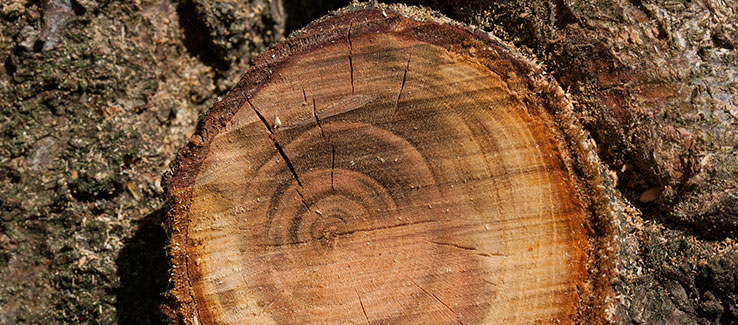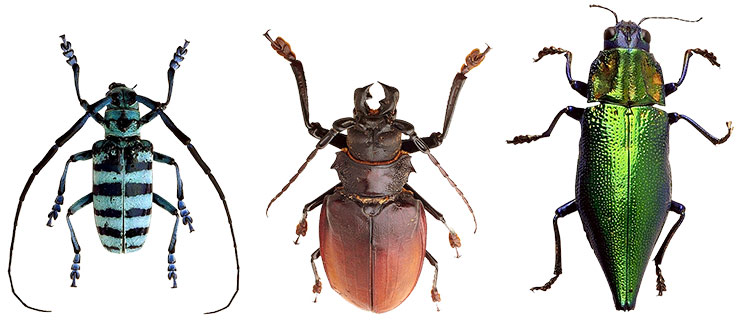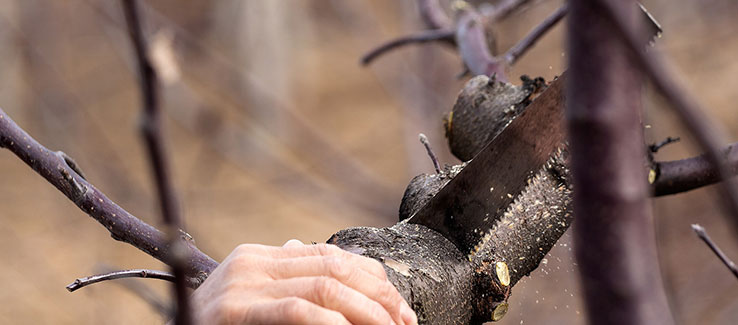Will Cutting Off Dead Branches Help My Tree?
Are you concerned about the meaning and impact of dead branches on your tree? By knowing how and when to cut dead branches off of your tree, you can help it remain healthy and vibrant.
fasttreeremovalatlanta.com gathered the following tips and information about cutting dead branches off of your tree and the impact it can have on your tree’s health.
Does Cutting Off Dead Branches Help a Tree?
Yes, cutting off or pruning dead branches helps a tree in a multitude of ways. The act of pruning dead branches and growth also adds to the safety of the tree and its surroundings.
When Is The Right Time To Prune Branches
The right time to prune branches depends on which ones you are pruning and for what reason. For dead, dying, or broken branches, observe the following:
• There is no wrong time. Dead or dying branches pose a considerable health risk to the tree and should be removed when detected.
• When a branch dies, there is no sap running through it, thus minimizing the risk of oozing sap after its removal.
Tip: When removing an entire branch, alive or dead, it should be pruned all the way back to the branch collar (the bulging bark where the branch meets the trunk). The cut should be made flat and smooth without causing damage to the branch collar, which will eventually move in over the wound and seal it.

For live branches, the rules change:
• To remove or prune live and healthy branches, it is recommended to do so at the end of the growing season, during a tree’s dormancy cycle, or before budding at the beginning of the next growing season.
• This pruning may be done to shape the tree, thin the crown, encourage new spring growth, and many other reasons.
• Pruning these branches during the growing season can invite a host of insects and disease to the tree, potentially leading to compromised health and the eventual death of the tree.
Tip: Uncover further information about the right time(s) to prune your trees by reading fasttreeremovalatlanta.com/when-tree-pruning-cutting-emergency-removal-atlanta-ga
Tree Safety Concerns
As a branch dies, all of the twigs attached to it and the branch itself will become a hazard to whatever is below it. Dead limbs will:
• Rot from the smaller diameter parts first
• As the larger diameter parts rot, they begin to fall
• Injure other limbs as they fall
• Become a substantial threat to whatever is below, as some may weigh several hundred pounds
When these limbs are located over driveways, garages, sheds, and homes, they are capable of causing catastrophic damages and should be removed promptly.
Tip: Once per month, take the time to examine your tree canopy. Be on the lookout for dying, dead, or rotting branches. Once identified, look below it to see what may be in the path of the limb if/when it falls.
Tree Disease and Insect Infestation Concerns
Over several millennia, trees have developed magnificent defensive systems against insect infestations and disease. However, a dead branch is a defenseless open invitation to insects and diseases.
While the healthy parts of the tree can effectively repel these intruders, all it takes is a single successful attack to compromise the health of the rest of the tree.

Tip: If you detect carpenter ants, beetles, mushrooms, or any strange growth on a dying or dead branch, contact a professional tree service. They can evaluate the situation and recommend a course of action to remedy the situation.
Why Does My Tree Have Dead Branches?
As a tree grows, there are many reasons that a particular branch may die while the rest of the tree flourishes. The following are some of the reasons a tree may have dead branches:
1. The branch may not get enough sunlight. This may trigger the tree to compartmentalize and eventually shed the branch.
2. There may be an insect infestation in that branch which has compromised the flow of water and nutrients (hydraulic failure).
3. Bark damage on the trunk may also cause hydraulic failure and the death of the branch.
4. Rope and wire used to hang swings, bird feeders, clotheslines, etc. may damage the branch bark enough to girdle the branch, causing hydraulic failure.
5. Severe weather events may cause a branch to crack. This damage may not be apparent until the branch begins to die.
6. Many diseases may cause individual branches, entire sections, or the whole tree to die. Many of these diseases enter the tree through the root system, while others can infect damaged bark or poorly pruned branches.
Tip: When a branch, two inches in diameter or greater, dies on an otherwise healthy tree, call a professional tree service. They can fully evaluate the tree and recommend a course of action (if required).
Help Your Tree By Removing Dead Branches
In this article, you discovered why dead branches should be removed from your tree, tips to help you do it right, and the impact pruning or cutting branches can have on your tree’s health.
By taking action when dead branches are identified, you minimize the many risks they pose to the tree and its surroundings.
When you allow dying or dead branches to remain in a tree, you subsequently expose the tree to infestation and disease while creating a hazard for people, objects, and structures below.
Sources:
extension2.missouri.edu/g6866
extension.unl.edu/statewide/platte/Tree Pruning FAQs.pdf
extension.purdue.edu/extmedia/FNR/FNR-506-W.pdf
static.colostate.edu/client-files/csfs/pdfs/616.pdf
(404) 220-9965
(404) 220-9963

